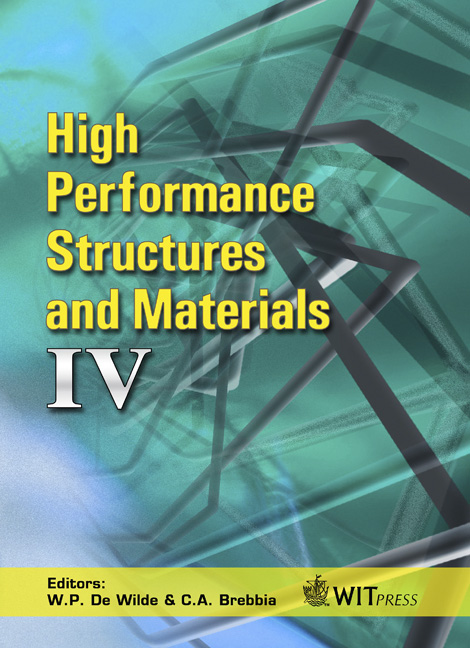On Two Interesting Industrial Prestressed Concrete Buildings In The Alto Vicentino (1958–1962)
Price
Free (open access)
Transaction
Volume
97
Pages
11
Page Range
523 - 533
Published
2008
Size
1,575 kb
Paper DOI
10.2495/HPSM080531
Copyright
WIT Press
Author(s)
G. Riva & F. Steffinlongo
Abstract
The 1950s and 1960s witnessed a significant Italian influence on the development of large-scale works in reinforced concrete and prestressed reinforced concrete in several countries around the world. These were built under the guidance of characters such as Pier Luigi Nervi, Riccardo Morandi and Sergio Musmeci. In this period of remarkable evolution in the field of prestressed reinforced concrete – especially in Italy in the area to the north of Vicenza and in particular in Schio, which was already the centre of a great industrial tradition both in textiles and mechanical fields – a number of constructions of remarkable structural strength were built. In the Schio and Valdagno area there is the intention of conducting an in-depth study and comparison of the constructional characteristics of two slender structures covering large spaces with the aim of their re-use: one is the depot of the Assortissaggio on the Lanerossi site in Schio; the other is the industrial complex and weaving room on the Marzotto site in Valdagno. The insight of the period meant that the structural qualities of the constructions were made evident, leaving the concrete completely exposed; the structural forms were deliberately made simple with a narrow section. At the time of construction the aspects of resistance to environmental actions were not known and, on the other hand, concrete was still perceived as ‘artificial rock’. It is probably this way of addressing the structural project – in which the object was conceived as a single system – that led to the high efficiency of these works still evident today. The concrete was used to the limits of its strength; it is clear that higher levels of performance would be required in the future. Keywords: historical pioneering reinforced concrete structures.
Keywords
historical pioneering reinforced concrete structures.





